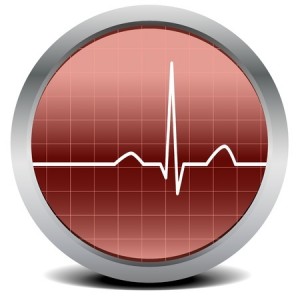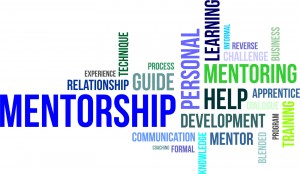Extracorporeal Membrane Oxygenation used in the face of cardiac and/or respiratory arrest is not new. However, as ECLS systems become smaller, easier to use and widely available, the expansion of the therapy is inevitable. The challenge will be to decide when and where to initiate E-CPR.The CHEER trial (mechanical CPR, Hypothermia, ECMO and Early Reperfusion) is a single center, prospective, observational study conducted at The Alfred Hospital in Melbourne, Australia. Their experience was recently published in Resuscitation. The CHEER Trial
The results of the study are encouraging as compared to previously published reports. However, caution must be undertaken by centers that read the article and decide that their center should have an E-CPR program. The authors very carefully describe the use of mechanical chest compressions (Autopulse™) and iced saline lavage as well as the use of a team of expert physicians and nurses trained in ECMO. They also comment on the duration of time to place on ECMO as being a significant factor in survival. Their protocol involved emergency services provided in the field to assure that the protocol was started as soon as possible. The authors also describe preventive management of lower limb ischemia with placement of a backflow cannula.
Their results are encouraging for both outside hospital cardiac arrest and in hospital cardiac arrest patients, and by all accounts should be considered when decisions about starting an E-CPR program are being made. Nevertheless, purchasing an ECLS blood pump and having the initiative is not enough. The significant factor that most institutions fail to consider is the staff. If the team is not adequately trained and experienced, the availability of E-CPR may not contribute to increased survival for their patients.
Training physicians to insert cannulas and ECMO Specialists to initiate and manage the ECLS system is not an easy task. If the team is new to ECMO as a therapy, the groundwork doesn’t even exist yet for building these new skills upon.
Additionally, the increased burden on resources with initiating an E-CPR program can be overwhelming. Most ECMO centers have a limited number of ECLS Systems and staff who are trained to care for these patients. How do you offer a new service to a high-risk population and assure that you are not depriving other populations of the service? How many patients code in your institution on a daily basis? Do you offer E-CPR to every one? Institutions need to have in place appropriate protocols and procedures for patient selection and use of ECMO in all populations.
E-CPR is a valuable tool. It most definitely will save lives. Assure that your team is approaching this ‘new frontier’ with wisdom and the education to give your patients the best possible outcomes.




 The ECMO Team is definitely a functional family. It exists for a common purpose: to provide the best possible care for an extremely critically ill patient. The team is usually formed out of a larger group of people. Teams have complimentary skills and work through a coordinated effort to achieve the goal. Naresh Jain states “Team members need to learn how to help one another, help other team members realize their true potential and create an environment that allows everyone to go beyond his or her limitations.”
The ECMO Team is definitely a functional family. It exists for a common purpose: to provide the best possible care for an extremely critically ill patient. The team is usually formed out of a larger group of people. Teams have complimentary skills and work through a coordinated effort to achieve the goal. Naresh Jain states “Team members need to learn how to help one another, help other team members realize their true potential and create an environment that allows everyone to go beyond his or her limitations.”